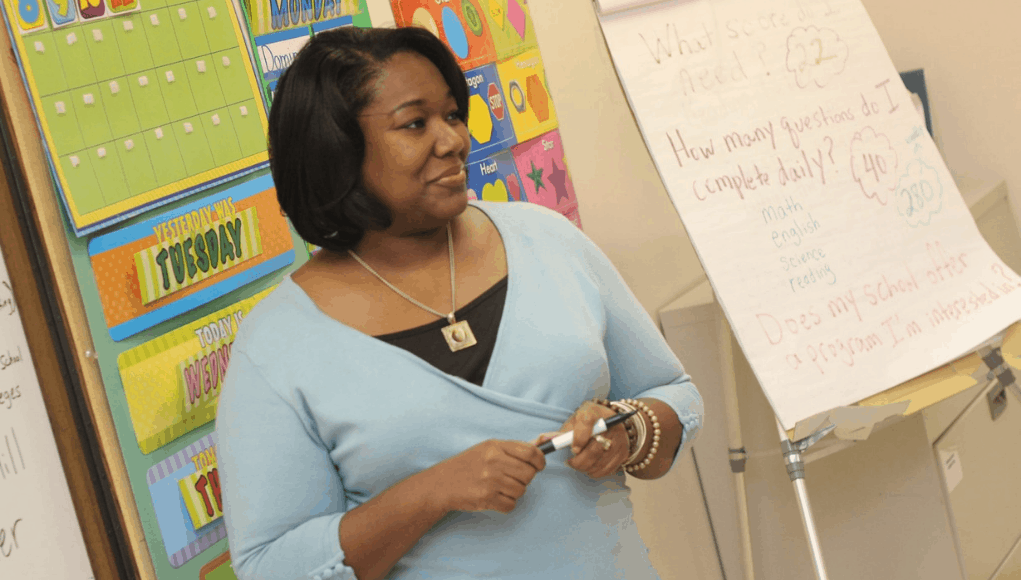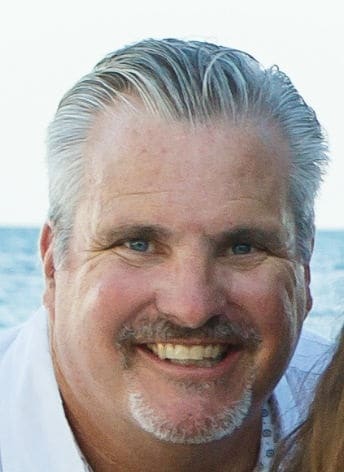5 Ways to Make All Students Lead Learners

It has been established long ago that the highest form of learning is teaching. When one is put in the position to teach others, one learns the content and concepts at the highest applied level in order to successfully communicate it to others.
This reality has led many educators to turn much of the instruction in their classroom over to students through student presentations, projects and more.
That being said, too many students still never have the opportunity to become lead learners where they learn at the highest level by having the responsibility of teaching others. Here are five ways all educators can expand the opportunity for all students to learn at the highest level by all becoming teachers:
1. Student As Professional Presenters
Students have been giving presentations, in many cases, for years in certain courses. I suppose even the early years of Show & Tell were intended to have every student present or tell a story. We need to challenge all of our students to become master storytellers and presenters. All students need to have multiple opportunities to become an expert in various research-based deeper learning activities where they get to present their findings, conclusions, and innovations all in a professional environment using professional applications and technology. Additionally, we need to teach the explicit skills required to deliver a professional presentation. Too often, we assign presentations that only focus on the content instead of the delivery as well. Or, if we focus on the delivery, we don’t actually teach the requisite skills. We all know Death By Powerpoint. Let’s teach students to avoid this. There are dozens of resources, but having students get exposed to things such as Nancy Duarte and Slide: logy would be appropriate. In addition to getting all students to be master presenters and storytellers in order to achieve the highest levels of learning, these presentation skills will be used repeatedly in job interviews and professional environments for a lifetime.
2. Student Roles
Again, we have had students in various school roles for years. We have had Teacher Assistants, Cafeteria Volunteers, Attendance Monitors, Class Monitors, Drum Majors, ASB Officers, and many others. But it’s time to ratchet this up a bit – or even a lot. For example, what if one’s class or program had a Media Coordinator responsible for coordinating the video work? Or a Social Media Coordinator handling the class Facebook, Instagram, and Twitter Accounts? How about a Project Coordinator responsible for calendars, roles, timelines, and deliverables? One could keep going with a Design Coordinator, Social Coordinator, Web Coordinator, YouTube Channel Coordinator, Community Coordinator, and many others. How about Peer Coaches? If it’s good enough for adults, why not students? It’s not about titles for title sake; although students do respond to positions. It’s about students taking greater responsibility for the strategic roles in the classrooms. It’s about allowing students to bring their expertise and experience forward for the greater good, while also enhancing their skills, resumes, and portfolios.
Another former school of mine created the Student Project Coordinator as a means to expand the role of students. Students who were advanced in a given curricular area, or showed tremendous enthusiasm and skill, could apply for this position that had students in the role of facilitator of learning. Instead of Teacher’s Aide, or gloried gopher, a Student Project Coordinator led sessions, coached small groups, organized model lessons and demonstrations, and much more.
3. Portfolio Presentations / Defense of Learning
We need to create systems where students have to not only do regular presentations but also practice reflective learning in regular semester or annual presentations. These not only get them to present their best work and learning but also teach them again and therefore continue to learn at a higher level. If it’s good enough for graduate students and doctoral candidates, it’s good enough for all students. Many classes, programs, and schools have started to have their students do Final Reflective Oral Presentations – Defense of Learning – in order to capture this deeper learning experience. My former school, Minarets HS, designed a year-end portfolio presentation students would do each year entitled the Personal Brand Equity. This culminating project not only required them to analyze and assess their learning and best work but also do the same for them as a growing, learning and ever-improving young adult (skills focus). See More on the PBE Presentations From Minarets. Reflection, presenting and teaching will represent the highest form of learning these students can both experience and demonstrate.
4. Students As Experts
All students need the opportunity to become experts; experts in various focused areas of their content studies, as well as experts in professional areas of choice. As our educational pedagogy becomes more project-based, students will have greater opportunities for deeper learning like this. In their core and other courses, teachers and students will collaborate to design challenges and areas of inquiry where students focus deeply on specific aspects of the content and its application. PBL expects that students will have voice and choice on what they study deeply and how they will demonstrate their learning. In that spirit, many teachers are discovering the tremendous opportunity to make their students experts through choice projects such as 20 Time Projects or Genius Hour pursuits. These are in-depth and often long-term project pursuits specifically based on a student’s interest. They choose what they want to learn more about and how they will again demonstrate it. It’s the ultimate version of Student Voice and Choice. But again, it clears the adult or teacher out of the way giving the student full rights and means to become the expert, to become a teacher and to ultimately the lead learner in this given area. Not only does this lead to learning at the highest or deeper levels, but it also relates to the skills our students are going to need in the gig economy. They will often have to create their own work. For more, please visit 20Time.org and GeniusHour.com.
5. Culminating or Capstone Projects
Again, educators need to explicitly design project opportunities that are culminating, capstone type projects for our students. This is not a new idea. We have had senior projects at the college and secondary levels for years. However, these can take a 2.0 to them as well where students have a chance to choose areas in which to pursue their culminating learning experience. At Minarets, we created the Senior Legacy Experience. This was our version of a senior project. Students could choose an area that they were advanced in throughout their four years (AG, Arts, Athletics, AP, Academics, Media, IT, Core Subjects, etc.) and then pursue something that would impact the school and community. Check out a Sample SLE Project from Minarets HS. Unlike the portfolio, reflective quality of the Personal Brand Equity or Defense of Learning presentations, these are, again, more about student choice, expertise, passion, and deeper learning. These are also often opportunities for students to see that their learning and work have an impact beyond themselves. These could be applied well beyond the senior experience. Maybe we do them at least as we move from elementary to middle school, middle school to high school, high school to post-secondary, etc. There are many ways and reasons to design these capstone experiences. So, instead of another template, think about how we can create these for all of our students in our courses, programs, and schools.
As usual, I’m not pretending that this list is all-encompassing. However, I would like to challenge all of us to think of our students as teachers, experts, and lifelong lead learners. They can all teach and therefore learn at highest, deepest levels. What ideas am I missing? What do you do at your school to support lead learners? Leave your ideas in the comments below.
For more, see:
- Beyond Report Cards: Louisville Students To Curate and Defend Their Personal Learning Record
- Learning-Centered Leadership Means Teachers and Students Lead, Too
- Podcast: Ron Berger On Helping Students Become Leaders Of Their Own Learning
Stay in-the-know with innovations in learning by signing up for the weekly Smart Update.




0 Comments
Leave a Comment
Your email address will not be published. All fields are required.